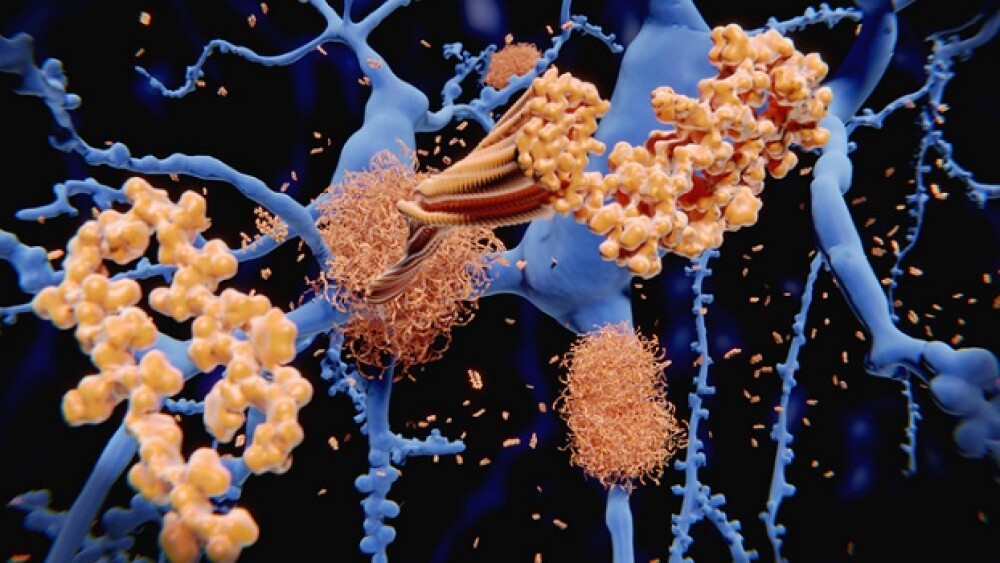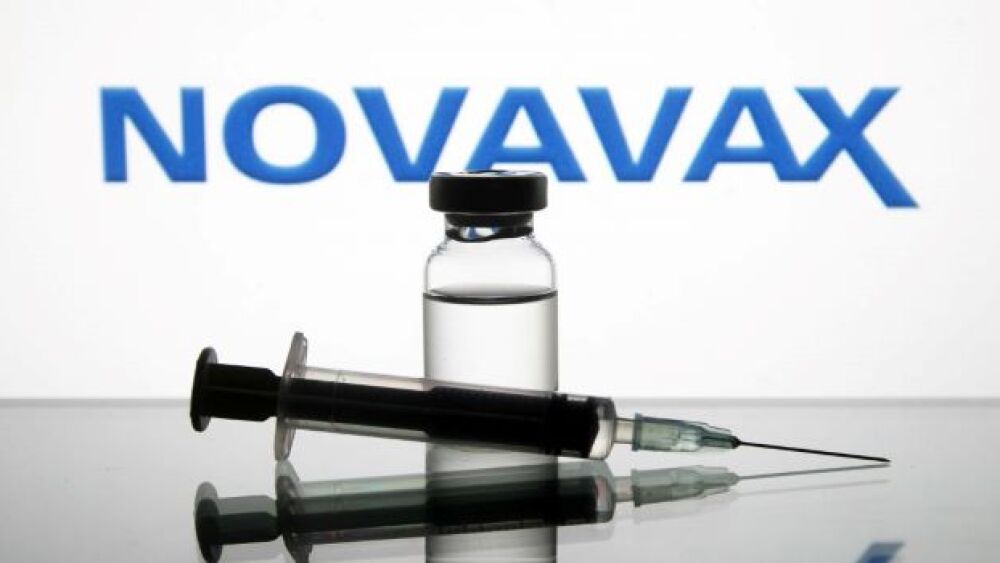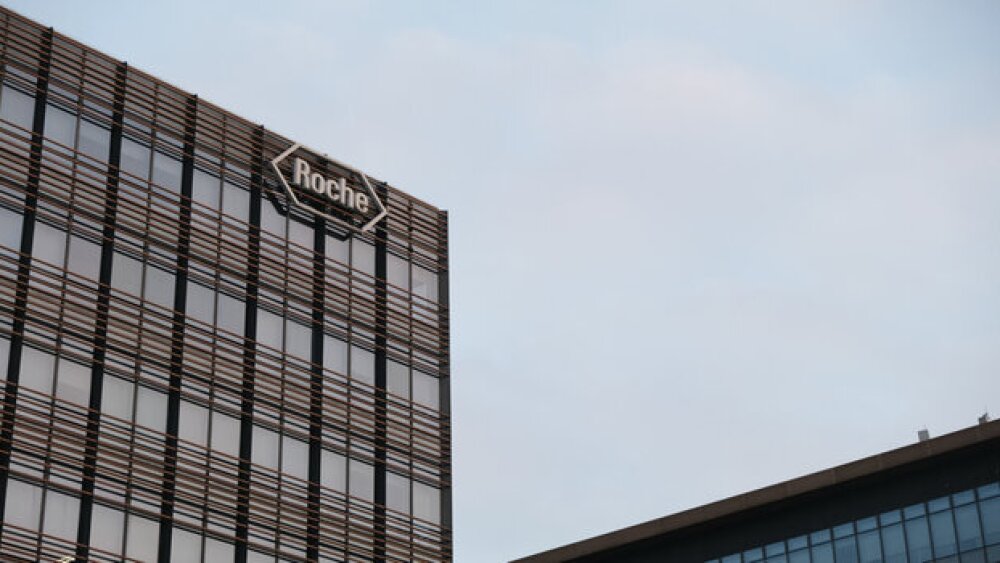Sage has decided to discontinue the development of dalzanemdor in Alzheimer’s disease. A study of the candidate in Huntington’s is ongoing, with early data expected later this year.
Sage Therapeutics on Tuesday announced that its investigational oral drug candidate dalzanemdor missed the primary endpoint in the Phase II LIGHTWAVE study in Alzheimer’s disease, failing to significantly improve intelligence versus placebo.
Details of the failure were scant, with Sage revealing only that the trial data “did not demonstrate a statistically significant difference from baseline in participants treated with dalzanemdor versus placebo” in terms of scores on the Wechsler Adult Intelligence Scale Fourth Edition (WAIS-IV) Coding Test, a validated tool used to evaluate the presence of brain damage or neurodegenerative conditions. WAIS-IV scores were collected at day 84.
CEO Barry Greene in a statement said that the biotech is “disappointed” by these results, but hopes that the data generated in LIGHTWAVE will “help to inform future research.” Sage shares tanked 21% in premarket trading on Tuesday in reaction to the news, according to Seeking Alpha.
With Tuesday’s setback, Sage will no longer invest in the development of dalzanemdor in Alzheimer’s disease. A Phase II trial in Hungtington’s disease, dubbed DIMENSION, is ongoing and the biotech expects early data from that study to come “later this year,” according to its press release.
In a statement emailed to BioSpace, a Sage representative noted that Alzheimer’s and Huntington’s have differences in their underlying pathophysiology and symptomatology that can influence study outcomes.
“We believe the results of the LIGHTWAVE study do not necessarily predict the results of the DIMENSION study in Huntington’s disease,” the representative said.
An oral drug, dalzanemdor is a potentially first-in-class positive allosteric modulator of the NMDA receptor, which is crucial for various brain functions, including cognition, memory and other executive activities. Dalzanemdor works by enhancing the activity of NDMA receptors, in turn potentially addressing core disease pathways in various neurodegenerative conditions.
This mechanism of action, however, has yet to result in substantial clinical victories for Sage. In April 2024, the biotech reported that dalzanemdor failed the Phase II PRECEDENT trial in Parkinson’s disease, where it was likewise unable to elicit significant improvements in the WAIS-IV Coding Test versus placebo. As in the case of Alzheimer’s, the failure forced Sage to scrap its Parkinson’s program for dalzanemdor.
Even in Huntington’s, where its development is still ongoing, dalzanemdor’s activity appears to be underwhelming. In June 2024, the drug candidate cleared the Phase II SURVEYOR study, eliciting significant improvements in the Huntington’s Disease-Cognitive Assessment Battery composite score. However, analysts at the time were unimpressed. William Blair, for instance, said that it would “remain cautious” regarding dalzanemdor, noting that it does not “view the small numerical changes as definitive.”
Beyond dalzanemdor, Sage’s neuro pipeline has had a difficult couple of months. In July 2024, the biotech reported that its Biogen-partnered neuroactive steroid BIIB124 failed the Phase II KINETIC 2 trial in essential tremor. The companies abandoned their development program for BIIB124 in this indication.
Editor’s note (Oct. 8): This story was updated to include comments from Sage.






